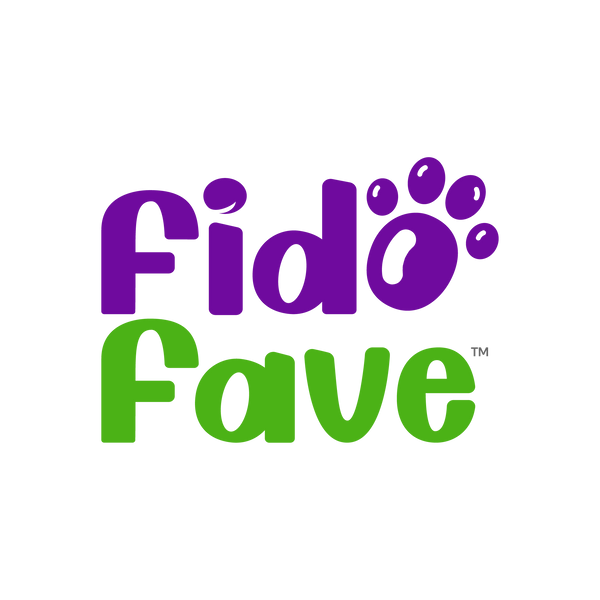1.Understanding Shedding:
Shedding is a normal part of a dog's life cycle. Different breeds shed differently, with some shedding year-round and others seasonally. Understanding your dog's shedding pattern is the first step in managing it.

2.Healthy Diet, Healthy Coat:
Nutrition plays a crucial role in your dog's coat health. A balanced diet with essential fatty acids helps reduce excessive shedding. Explore dog foods rich in omega-3 and omega-6 fatty acids for a shiny, healthy coat and minimized shedding.
3.Regular Grooming Routine:
Establishing a consistent grooming routine is key to managing shedding. Brushing your dog's coat helps remove loose fur, preventing it from spreading around your home. The frequency of brushing varies with the breed, so consult your vet or groomer for personalized advice.
4.Invest in Quality Tools:
Not all brushes are created equal. Invest in high-quality grooming tools designed for your dog's coat type. Slicker brushes, shedding blades, and grooming gloves can be effective in capturing loose fur and preventing it from ending up on your furniture.

5.Bathing Techniques:
Regular baths with a suitable dog shampoo help keep your pup's skin and coat healthy, reducing shedding. Be cautious not to over-bathe, as it might strip away natural oils, leading to more shedding. Consult your vet for guidance on the right bathing frequency.
6.Control Indoor Allergens:
Shedding can contribute to indoor allergens. To minimize allergic reactions and keep your home fur-free, invest in air purifiers and consider using allergen-resistant bedding. Regularly vacuum and dust your home, paying extra attention to areas
